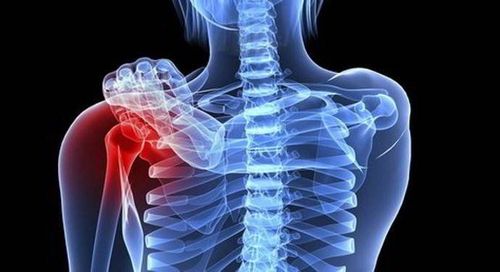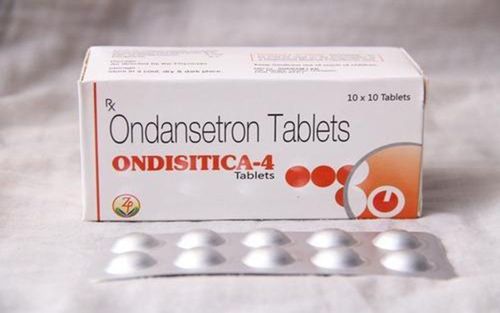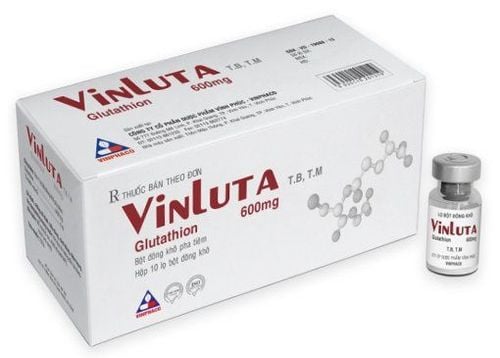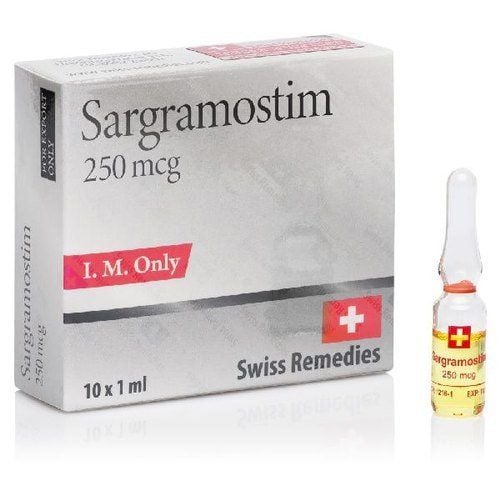This is an automatically translated article.
The article is professionally consulted by Master, Doctor Nguyen Quang Duc - Doctor of Nuclear Medicine - Department of Diagnostic Imaging and Nuclear Medicine - Vinmec Times City International General Hospital.The application of radioisotopes in treatment is becoming more and more popular because of its high efficiency, short treatment time but still ensure safety. Radiotherapy, also known as radiotherapy, is the use of ionizing radiation of radioactive isotopes to attack diseased cells and tissues.
1. Overview of the use of radioisotopes in treatment
Radioisotope treatment is the use of ionizing radiation methods to biologically affect damaged tissues and cells.Radioisotopes are also used diagnostically, but in lower doses. In treatment, radioisotopes are used in higher doses, so they affect healthy tissue more. This is also the disadvantage of radioisotope treatment. However, this method is becoming more and more popular because of its high treatment efficiency, short time but still ensure safety.
2. Radioisotope treatment modalities
Radioisotope treatment uses the following modes of ionizing radiation:Metabolic radiotherapy: Metabolic radiotherapy is a method of using radioactive isotopes in the form of radiopharmaceuticals. Through the body's metabolism, the drug is delivered to the target organ orally or by injection to treat the damaged organ or organ. Brachytherapy: Brachytherapy, also known as internal or adductive radiation therapy, is a method of placing radioactive isotopes close to cancerous or damaged tissues and cells. This method increases the radiation dose at the cancer cell site and reduces the absorbed dose to the surrounding healthy tissue. There are many techniques used to bring the radioactive source to the irradiated site, including: conduit, radioactive needle, pressure plate, seed implantation. External radiation therapy: External beam radiation therapy, also known as remote radiation therapy, Cobalt therapy is a method of using a Cobalt machine to irradiate.
3. Application of radioisotopes in the treatment of some diseases
3.1 Thyroid diseases Radioactive isotopes of Iot-131 are commonly used in the treatment of some thyroid diseases such as postoperative differentiated thyroid cancer, Basedow , ...3.2 Polycythemia vera The radioactive isotope of phosphorus-32 is commonly used in the treatment of polycythemia vera, chronic leukemia. Diseased cells are more sensitive to radiation than normal blood cells.
In the form of phosphate saline and administered orally or intravenously, a source of radiation is introduced to penetrate the nucleus of diseased cells and inhibit cell division. This method is usually indicated for patients over 40 years old.
3.3 Hemangiomas The radioisotope of Phosphorus-32 is also used in the treatment of flat hemangiomas in children. Compared with other methods commonly used before such as surgery, sclerotherapy, laser, antibodies, ... radioisotope treatment brings higher efficiency, painless, simple and safe. whole.
3.4 Pain relief from bone metastases Radiation therapy includes external and internal radiation therapy is a very effective treatment for pain relief from bone metastases cancer without the use of pain-relieving chemicals such as opiates. Radioisotopes in the treatment of pain relief from metastatic bone cancer are commonly used in pharmaceutical form as Phosphorus-32, Strontium-89, Samarium-153, Rhenium-186.
The mechanism of pain relief of radiation therapy is to reduce cancer cells causing mechanical compression, reduce chemical pain agents and regulate biological responses when the number of cancer cells has not decreased.
Use of radioisotopes in pain relief from bone metastases is indicated in cases where the patient has a positive bone scan corresponding to the pain site; Do not treat with external radiation or use chemicals that inhibit bone marrow, phosphate absorption for at least 6-8 weeks. Contraindicated when patients with pain have signs of spinal cord compression causing pain, metastases in the skull, or pathological fractures.

Using radioisotopes in the treatment of primary liver cancer is indicated in cases where patients are over 18 years old; the tumor is <3cm (2 - 3 tumors) or <5cm (1 tumor) in diameter; stopping chemotherapy or drugs at least 4 to 8 weeks (4 weeks for immunosuppressants and 8 weeks for steroids or bronchodilators) before radiation therapy; the patient can still walk; no renal impairment and blood creatinine < 2 mg/dl.
Contraindications to the use of radioisotopes in the treatment of primary liver cancer for patients in stage C (according to Child's disease classification table); severe heart failure stage III, IV; extrahepatic metastases; have lung disease or other serious illnesses; women who are pregnant or breastfeeding; prognosis of survival < 1 month; allergic to intravenous contrast.
3.6 Cancer metastatic to the peritoneum The radioisotope of Phosphorus-32 is used for intraperitoneal drip in the treatment of ovarian cancer with metastatic peritoneum, either alone or in combination with other chemotherapy.
In addition, it can also be administered intravenously, the operation is simpler, and the antibody can reach places that cannot be reached by peritoneal injection. However, peritoneal injection has a higher therapeutic effect.
3.7 Metastatic pleural cancer, pleural effusion Radioisotopes can be used in both diagnosis and treatment of pleural metastatic cancer, pleural effusion such as lung cancer, breast cancer, . ..
There are 3 types of radiopharmaceuticals used in the treatment of pleural effusion: 198Au-colloid, 32P-chromic phosphate and 90Y-chloride.
Beta rays in this radiation will destroy tumor cells in the pleural fluid, and some colloidal particles in the radioactive source will be phagocytosed and will irradiate the lymph nodes.
However, some possible complications when treating pleural effusion with radioisotope injection are fever and mild shortness of breath. This method is also not very indicated because it is only a temporary treatment to help reduce the discharge. In addition, certain radiation doses also have an effect on the body.
3.8 Cardiovascular disease Radioisotopes are used in the treatment of coronary artery disease, when patients have restenosis after angioplasty and stenting. The cause of restenosis is due to the proliferation of endothelium in the lumen.
Using radioisotopes with appropriate doses can inhibit the proliferation of endothelial tissue in the vessel lumen and keep the artery open.
3.9 Some joint diseases To treat chronic non-infectious arthritis, radioactive isotopes are attached to chemicals in the form of colloidal particles, particles of small size so that when injected into the joint, synovial cells evenly distributed in the joint capsule, helping to destroy the synovial membrane.
Besides, the particle size must also be large enough so that the radiation does not escape through the lymph nodes or capillaries and affect other organs such as cartilage, spleen, and liver. The optimal particle size is 2 to 5mm and the radiation is large enough to penetrate the inflamed synovial membrane.

Note, after radioisotope injection, joints must be fixed for 48 hours. Depending on disease progression and bone destruction, treatment results will vary, up to 70-80% with severe cases of non-destructive joints. Depending on the radioisotope and the size of the joint, the treatment dose will vary.
3.10 Radioimmunotherapy Radioimmunotherapy is a method of using a specific amount of antibodies labeled with beta-ray radioactive isotopes to attack cancer cells. When radiation penetrates the tumor tissue, the radiation destroys the tumor cells.
Depending on the amount of antibody concentrated in the tumor, the effect of radioisotope treatment will be different. With small tumor size <2cm and good perfusion (usually lymph nodes, ovarian tumors, neuroblastoma), this method gives good treatment effect.
In addition, the longer the time the antibody is concentrated in the tumor, the more effective the treatment will be.
Application of radioisotopes in the treatment of thyroid diseases, hemangiomas, liver cancer, cardiovascular disease, some joint diseases, ... are increasingly being widely applied because of their high treatment efficiency and safety. , fast, simple, suitable cost.
Vinmec International General Hospital is one of the hospitals that not only ensures professional quality with a team of leading medical doctors, modern equipment and technology, but also stands out for its examination and consultation services. comprehensive and professional medical consultation and treatment; civilized, polite, safe and sterile medical examination and treatment space.
If you have a need for consultation and examination at Vinmec Hospitals under the nationwide health system, please book an appointment on the website for service.
Please dial HOTLINE for more information or register for an appointment HERE. Download MyVinmec app to make appointments faster and to manage your bookings easily.














